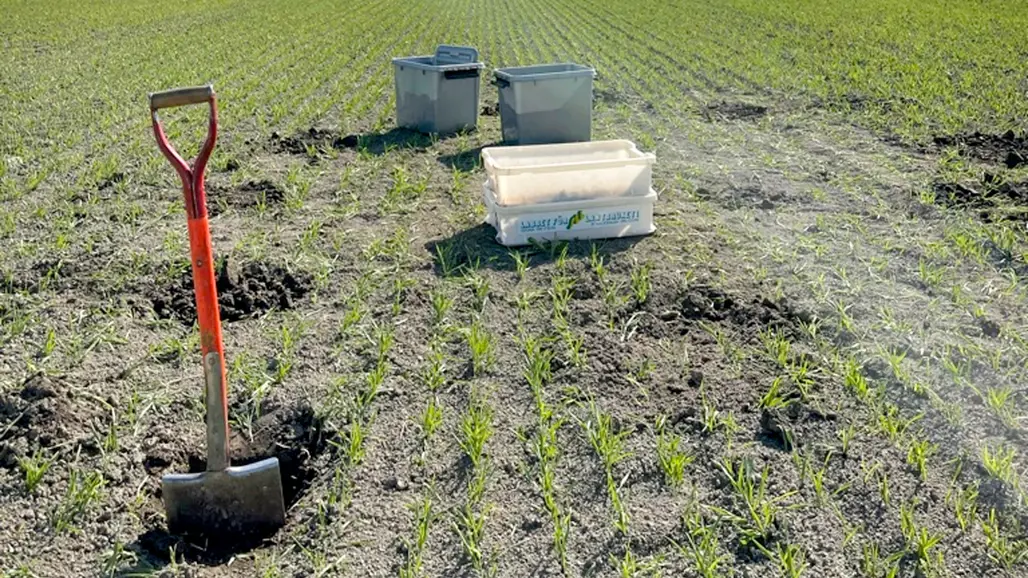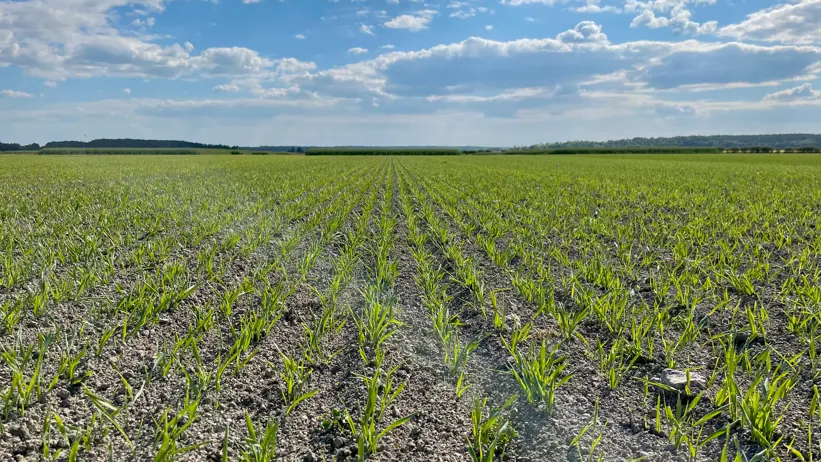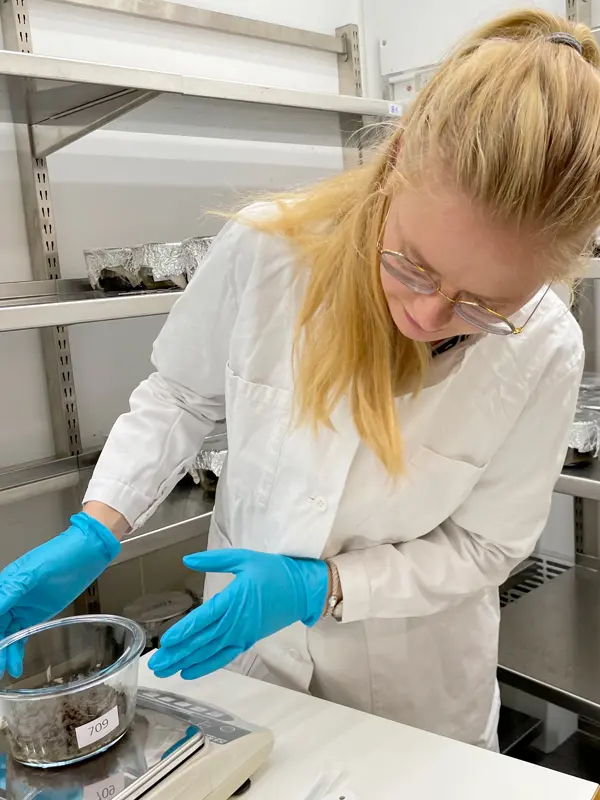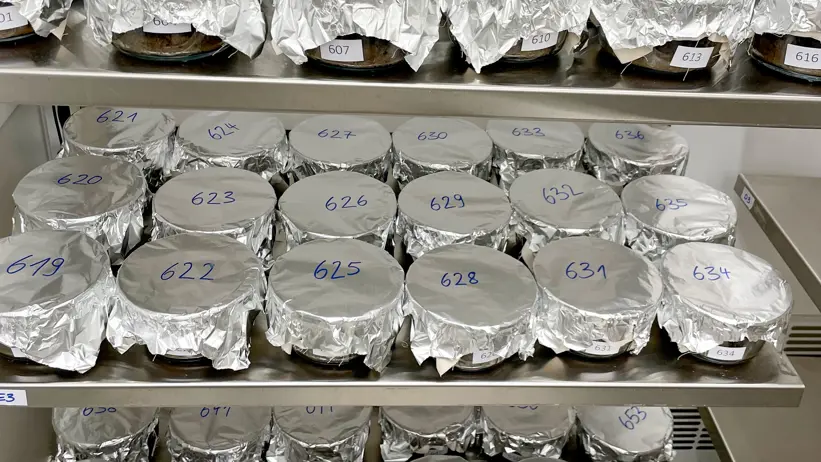
Pollution and drought disrupt soil microbes that support crops
Laura J. Müller’s doctoral thesis shows how pollution and drought disrupt the soil microbes that control nitrogen cycling. Combined stressors can weaken these hidden ecosystems, threatening both crop growth and environmental health.
Beneath farmland fields and forest floors, soil microorganisms sustain nutrient cycles that support crops, clean water, and healthy ecosystems. But these microbes are increasingly affected by pollution and climate change.
A new doctoral thesis by Laura J. Müller investigates how these organisms respond to chemical contamination and drought. Her focus is on nitrifiers, a group of microbes that cooperate to convert ammonia into nitrate. This conversion is an essential part of the global nitrogen cycle. This process and the microbes that perform the various steps in the process were used as indicators of soil pollution.

Copper Strikes Hardest
Laura’s experiments exposed arable soils to common pollutants—herbicides, copper and polycyclic aromatic hydrocarbons (PAHs)—and to cycles of drying and rewetting meant to mimic climate-driven droughts. She then studied how nitrifying communities responded, measuring both their resistance to stress and their resilience, or ability to recover.
– Herbicides had little impact. PAHs disturbed microbial communities at high levels of contamination. Copper, however, was the most damaging—even small amounts sharply reduced nitrification activity and caused major shifts in microbial communities, says Laura.

Double trouble - drought and pollution disrupt soil microbes
Climate stress added another layer of complexity. Drying slowed nitrification and altered certain microbial groups, but rewetting restored overall function, a sign of resilience. Yet microbial interactions among nitrifying microbes appeared destabilized and some microbes, particularly nitrite oxidisers, did not recover fully, leaving the system more fragile. In another study, Laura found that when drought was combined with pollutants, the effects intensified—especially in copper-contaminated soils.
– My findings highlight how multiple stressors, pollution and climate change together, can reshape the microbial balance in soils. Since these microbes control nitrogen cycling, their disruption could have cascading effects on agriculture and ecosystems, says Laura.

Soil microorganisms are rarely noticed, but they are central to life aboveground. Those involved in nitrogen cycling regulate soil fertility, protect water quality and influence greenhouse gas emissions.
– As the pressure on soils increase, we need to understand their hidden dynamics to sustain both crops and climate stability, concludes Laura.

Laura will defend her doctoral thesis on Friday, 12th September, at 9:00.
Read more about the defence.
Read the thesis:
Ecotoxicity of pollutants on soil nitrifiers under a climate change scenario
Contact
-
PersonLaura Müller